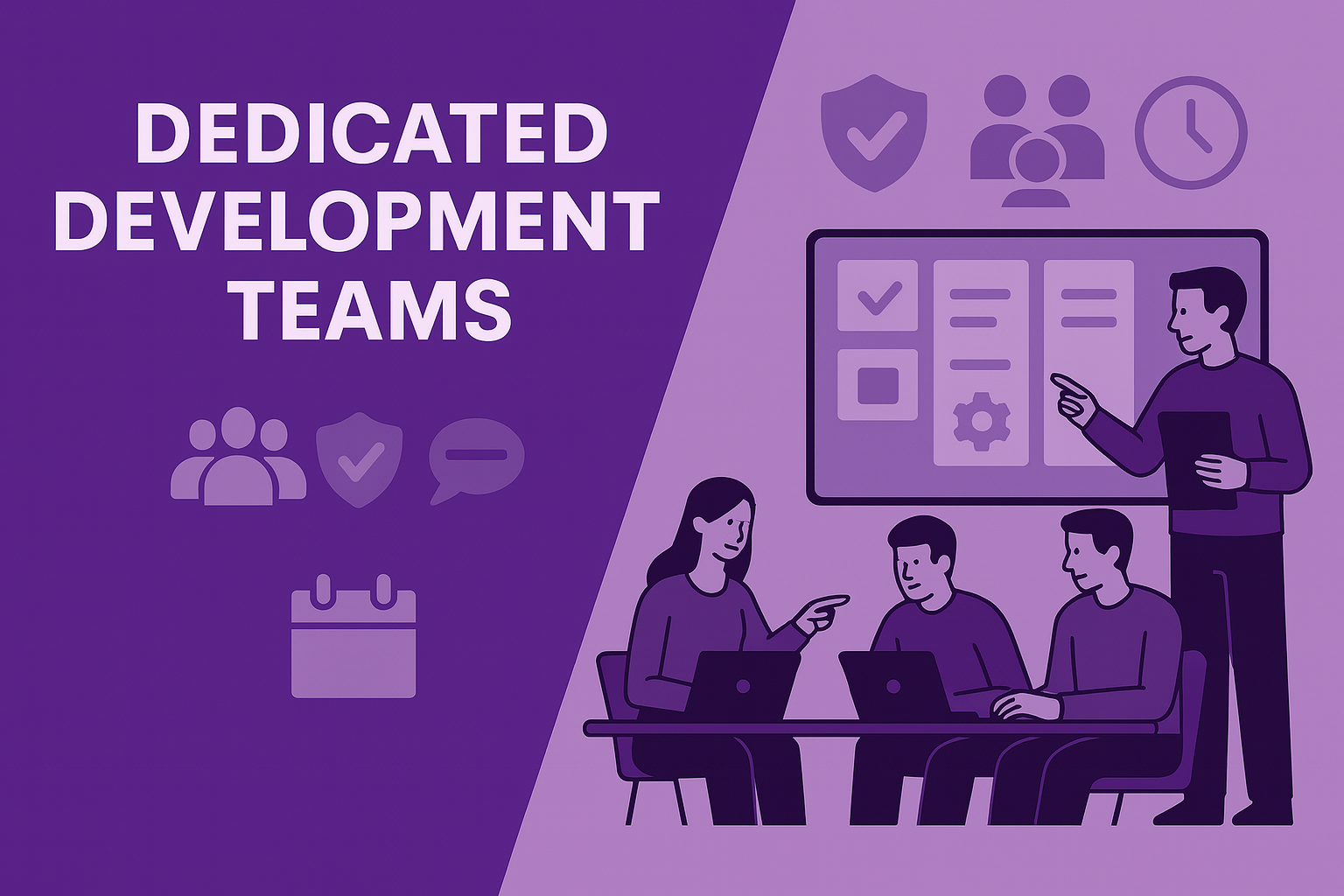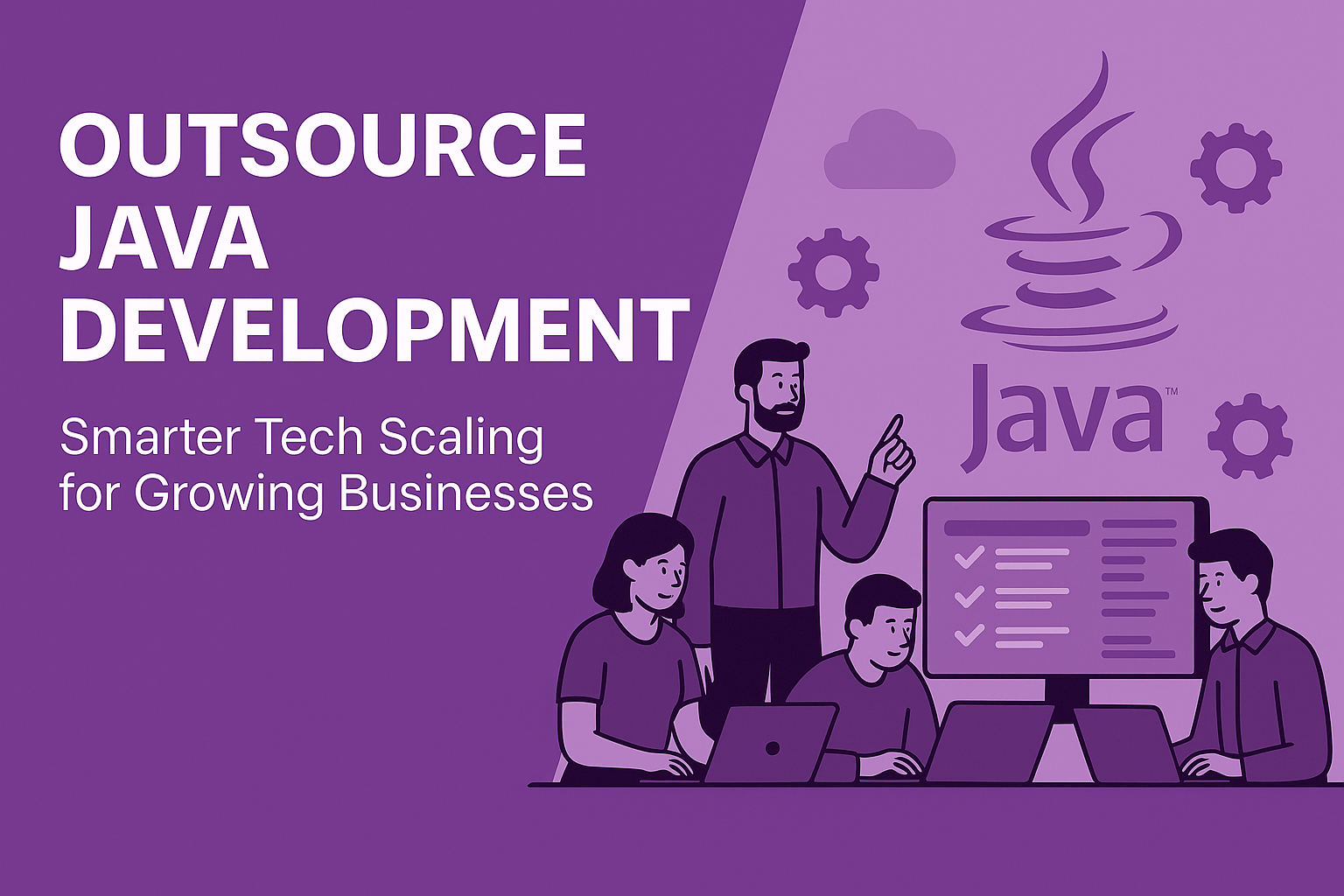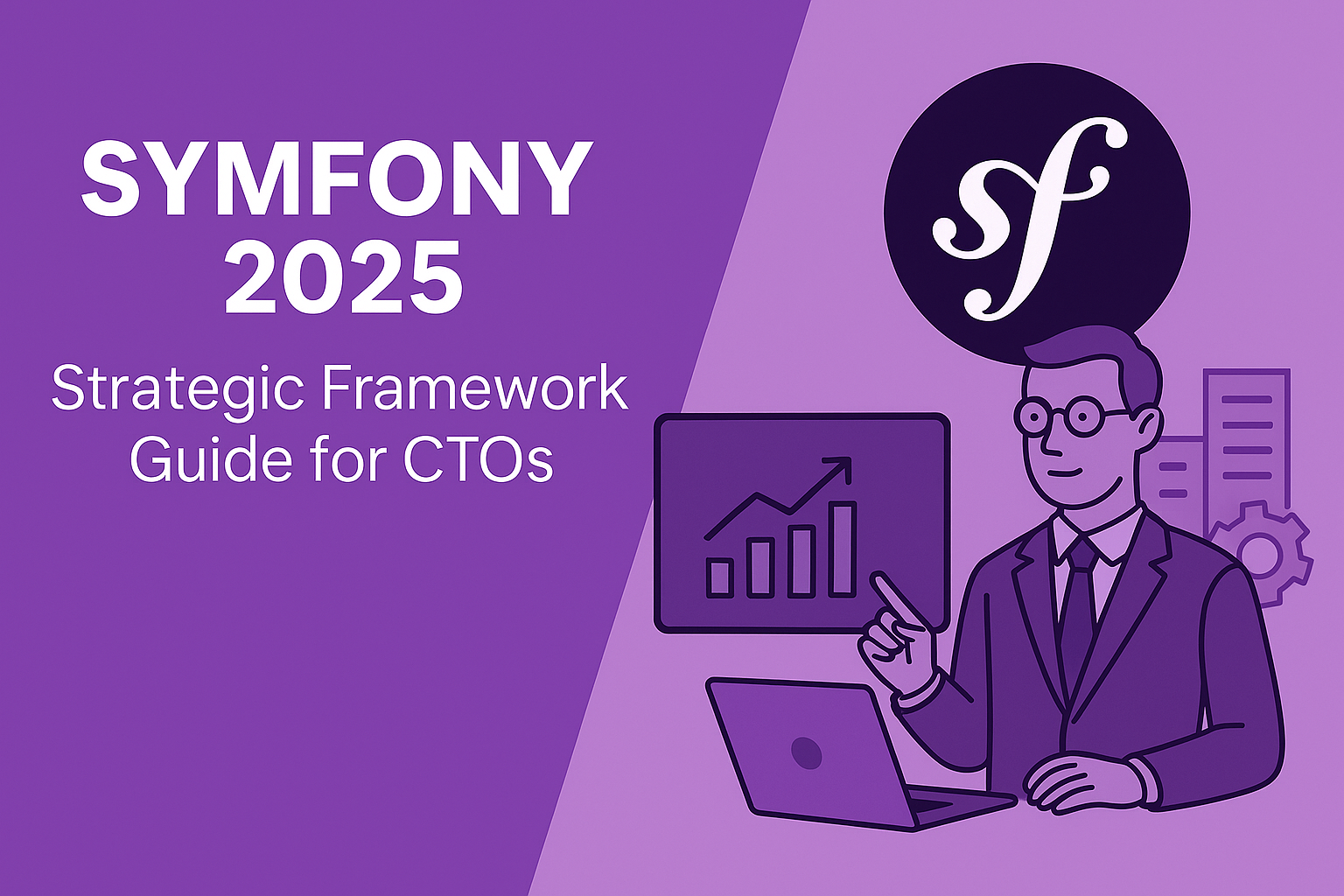TL;DR: Key Takeaways
- Cost Savings: Dedicated development teams provide 35-50% cost reduction compared to in-house hiring while maintaining full project control
- Best For: Long-term projects (6+ months), startups scaling rapidly, and products with evolving requirements
- Team Cost: €4,000-8,000 per developer/month in Bulgaria vs €8,000-15,000+ for Western European equivalents
- Not Ideal For: Projects under 6 months, fixed-scope deliverables, or when you need complete on-site presence
- Bottom Line: You get senior expertise, predictable costs, and seamless team integration without recruitment overhead or long-term employment commitments
What is a Dedicated Development Team?
A dedicated development team is a group of remote software professionals who work exclusively on your projects as an integrated extension of your in-house team. Unlike traditional project outsourcing where vendors juggle multiple clients, dedicated teams focus solely on your business objectives while you maintain complete control over priorities, timelines, and development direction.
Core characteristics:
- Exclusive allocation: Team members work only on your projects with no resource sharing
- Direct management: You control priorities and workflows while the provider handles HR and administration
- Long-term partnership: Typical engagements span 6 months to multiple years
- Full integration: Team participates in your daily standups, sprint planning, and uses your development tools
- Flexible scaling: Easily adjust team size and composition as project requirements evolve
The model emerged as the solution to traditional outsourcing limitations. While project-based outsourcing often creates communication barriers and cultural misalignment, dedicated teams function as genuine extensions of your organization—building deep product knowledge and maintaining consistent velocity over time.

How Does a Dedicated Development Team Work?
Team Formation Process
Phase 1: Requirements Analysis (Week 1)
Your provider conducts a comprehensive analysis of technical requirements, project scope, and team structure needs. This includes reviewing your tech stack, development methodologies, and communication preferences.
Phase 2: Team Assembly (Weeks 1-2)
Based on your requirements, the provider assembles specialists from pre-vetted talent pools. Team typically includes senior developers, mid-level engineers, QA specialists, and project coordinators matched to your specific needs.
Phase 3: Integration & Onboarding (Weeks 2-3)
Team members receive comprehensive onboarding covering your business domain, technical architecture, development standards, and communication protocols. This includes access provisioning, tool setup, and initial project familiarization.
Phase 4: Operational Excellence (Ongoing)
Once integrated, your dedicated team operates under your direct management. The provider handles payroll, performance monitoring, and resource optimization while you focus on product strategy and business objectives.
Daily Operations
Your dedicated team integrates seamlessly with existing workflows:
- Communication: Daily standups, sprint planning, and retrospectives using your preferred tools
- Collaboration: Real-time availability during your core business hours with timezone alignment
- Quality assurance: Following your coding standards, testing protocols, and documentation requirements
- Transparency: Regular reporting on development velocity, code quality metrics, and milestone achievement
Daily Operations and Management Structure
Communication and Collaboration Framework Dedicated development teams integrate seamlessly with your existing communication infrastructure. Team members participate in daily standups, use your project management tools, and maintain regular communication through your preferred channels. Time zone alignment ensures real-time collaboration during core business hours.
Quality Assurance and Delivery Standards Your dedicated team follows your established quality standards, coding guidelines, and testing protocols. QA specialists ensure deliverables meet your acceptance criteria while maintaining consistent code quality and documentation standards throughout the development lifecycle.
Performance Monitoring and Reporting Dedicated teams provide complete transparency through regular reporting, progress tracking, and performance metrics. You receive detailed insights into development velocity, code quality indicators, and project milestone achievement, enabling data-driven decision making and continuous improvement.
Why Choose a Dedicated Development Team?
Cost Efficiency Without Quality Compromise
Dedicated development teams deliver significant cost advantages while maintaining high quality standards:
Direct savings: 35-50% reduction in total employment costs compared to equivalent in-house teams in Western markets
Eliminated overhead: No recruitment fees ($15,000-30,000 per senior hire), payroll administration, benefits management, or office infrastructure costs
Predictable budgeting: Transparent monthly pricing eliminates uncertainty associated with project-based contracts and scope creep challenges
Bulgarian advantage: With Cleverix, you access ISTQB-certified engineers at €4,000-8,000/month versus €8,000-15,000+ for Western European equivalents—without compromising quality or cultural compatibility.
Faster Time-to-Market
Immediate expertise access: Pre-vetted senior professionals begin contributing within 2-3 weeks versus 3-6 months for traditional hiring
No knowledge gaps: Skip the learning curve with experienced professionals who've solved similar technical challenges across multiple projects
Reduced onboarding overhead: Teams arrive with established collaboration patterns and technical workflows ready for immediate integration
Consistent Team Composition & Deep Product Knowledge
Unlike rotating project teams, dedicated developers maintain consistent composition throughout your product lifecycle:
Domain expertise accumulation: Team builds deep understanding of your business logic, technical architecture, and organizational culture over time
Knowledge retention: No information loss between project phases or feature releases—critical for complex enterprise applications
Cultural integration: Team members become genuine stakeholders in your success, developing strong alignment with your business objectives
Complete Control & Management Flexibility
Your priorities, your timeline: Maintain full authority over project direction, feature prioritization, and development methodologies
Agile responsiveness: Pivot quickly based on market feedback or business requirements without contract renegotiations
Scalability on demand: Expand or reduce team capacity based on project phase without lengthy hiring processes
How Much Does a Dedicated Development Team Cost?
Total Cost of Ownership Comparison
Example: Team of 5 developers (2 senior, 3 mid-level)
Annual savings with dedicated team: €456,000-768,000
What's Included in Monthly Rates
✓ Salaries and performance bonuses
✓ Social benefits and tax obligations
✓ Professional development and training
✓ Infrastructure and development tools
✓ HR administration and legal compliance
✓ Team management and performance monitoring
✓ Replacement guarantee for team members
When NOT to Choose a Dedicated Development Team
Being transparent about limitations builds trust. Dedicated teams aren't optimal for:
Short-Term Projects (Under 6 Months)
Why it doesn't work: Setup and integration overhead (2-3 weeks) doesn't justify the investment for brief engagements. You'll spend 15-20% of project duration on onboarding.
Better alternative: Project-based outsourcing with fixed scope and timeline, or staff augmentation for specific skill gaps.
Fixed-Scope Deliverables with Rigid Requirements
Why it doesn't work: Dedicated teams excel with evolving requirements and continuous development. If you have a precisely defined scope with no expected changes, you're paying for flexibility you won't use.
Better alternative: Fixed-price project outsourcing provides better cost predictability when scope is truly locked.
Strict On-Site Requirements
Why it doesn't work: Dedicated teams operate remotely. If regulations or policies mandate 100% on-site presence, remote teams won't satisfy compliance requirements.
Better alternative: Traditional in-house hiring or local contracting agencies.
Projects Requiring Instant, Daily Pivots
Why it doesn't work: While dedicated teams are flexible, some consulting or discovery projects need hour-by-hour direction changes. The remote collaboration model introduces minimal but real communication latency.
Better alternative: On-site consultants or internal rapid response teams.
Extremely Limited Budget with No Growth Plan
Why it doesn't work: While cost-effective long-term, dedicated teams require sustained monthly investment. If you can only afford 1-2 months of development with no continuation plan, the model doesn't deliver ROI.
Better alternative: Freelancers or deferred development until budget stabilizes.
When NOT to Choose a Dedicated Development Team
Being transparent about limitations builds trust. Dedicated teams aren't optimal for:
Short-Term Projects (Under 6 Months)
Why it doesn't work: Setup and integration overhead (2-3 weeks) doesn't justify the investment for brief engagements. You'll spend 15-20% of project duration on onboarding.
Better alternative: Project-based outsourcing with fixed scope and timeline, or staff augmentation for specific skill gaps.
Fixed-Scope Deliverables with Rigid Requirements
Why it doesn't work: Dedicated teams excel with evolving requirements and continuous development. If you have a precisely defined scope with no expected changes, you're paying for flexibility you won't use.
Better alternative: Fixed-price project outsourcing provides better cost predictability when scope is truly locked.
Strict On-Site Requirements
Why it doesn't work: Dedicated teams operate remotely. If regulations or policies mandate 100% on-site presence, remote teams won't satisfy compliance requirements.
Better alternative: Traditional in-house hiring or local contracting agencies.
Projects Requiring Instant, Daily Pivots
Why it doesn't work: While dedicated teams are flexible, some consulting or discovery projects need hour-by-hour direction changes. The remote collaboration model introduces minimal but real communication latency.
Better alternative: On-site consultants or internal rapid response teams.
Extremely Limited Budget with No Growth Plan
Why it doesn't work: While cost-effective long term, dedicated teams require sustained monthly investment. If you can only afford 1-2 months of development with no continuation plan, the model doesn't deliver ROI.
Better alternative: Freelancers or deferred development until the budget stabilizes.
Why Cleverix Clients Choose Dedicated Teams
When comparing engagement models, our clients consistently select dedicated teams for:
Bulgarian competitive advantage: ISTQB-certified engineers at 40-50% lower cost than Western European rates with zero compromise on quality.
EU compliance: GDPR-compliant data handling and EU-based legal framework provide security advantages over non-EU offshore options.
Timezone alignment: GMT+2 timezone offers maximum overlap with both European (1-2 hour difference) and US East Coast (7-hour difference) business hours.
Cultural compatibility: Strong English proficiency, Western business culture, and established software development education systems eliminate common offshore collaboration challenges.
How to Build Your Dedicated Development Team
Step 1: Define Requirements & Success Criteria
Create comprehensive specifications covering:
- Technical needs: Programming languages, frameworks, DevOps tools, and architecture patterns
- Experience levels: Balance of senior leadership and mid-level implementation capacity
- Team size: Realistic assessment based on project scope and timeline
- Success metrics: KPIs for development velocity, code quality, and business outcomes
Step 2: Select the Right Provider
Evaluate potential partners based on:
Technical expertise: Alignment with your technology stack and development methodologies
Domain experience: Previous work in your industry or with similar technical challenges
Quality processes: ISTQB certification, code review standards, and testing protocols
Cultural fit: Communication style, work ethic, and collaboration approach
References: Verifiable client testimonials and case study outcomes
Step 3: Integration Planning
Develop comprehensive onboarding covering:
- Technical environment setup and repository access
- Development workflow alignment (Agile, Scrum, Kanban)
- Communication protocols and meeting schedules
- Documentation standards and knowledge transfer processes
Step 4: Ongoing Management & Optimization
Performance monitoring: Regular reviews of individual contributions, team dynamics, and delivery quality
Communication cadence: Daily standups, weekly planning, monthly strategic reviews
Continuous improvement: Optimize processes, enhance collaboration, and scale team composition based on evolving needs
Measuring Success: Key Performance Indicators
Development Productivity Metrics
- Sprint velocity consistency and improvement trends
- Code quality indicators (defect rates, test coverage, maintainability scores)
- Feature delivery predictability and timeline adherence
- Technical debt management and refactoring effectiveness
Business Impact Metrics
- Time-to-market improvement versus alternative approaches
- Cost efficiency analysis compared to in-house alternatives
- Product quality indicators (user satisfaction, system reliability)
- Innovation velocity (new feature advancement supporting business growth)
Team Integration Metrics
- Communication effectiveness and collaboration quality
- Cultural alignment with organizational values
- Knowledge transfer success and internal skill development
- Team retention rates and stability
Why Partner with Cleverix?
Bulgarian Excellence at Competitive Rates
Bulgaria offers a unique combination of high-quality software development talent and cost efficiency:
- ISTQB-certified engineers trained to international quality standards
- Strong computer science education system producing skilled developers annually
- EU membership ensuring GDPR compliance and legal framework alignment
- Competitive pricing 40-50% below Western European rates without quality compromise
Proven Expertise Across Industries
Our dedicated teams have delivered successful projects for:
- FinTech: Payment processing systems, trading platforms, regulatory compliance solutions
- E-commerce: Multi-vendor marketplaces, inventory management, customer analytics
- SaaS Products: Cloud-native applications, API integrations, scalability optimization
- Enterprise Software: Legacy modernization, system integration, workflow automation
Our Commitment to Your Success
Senior-level expertise: Average 7+ years of experience across team members with specialized domain knowledge
Agile methodology: Certified Scrum Masters and proven Agile delivery track record
Quality assurance: Comprehensive testing protocols with dedicated QA specialists on every team
Transparent communication: Daily updates, weekly planning sessions, and real-time collaboration
Risk mitigation: Replacement guarantees, knowledge documentation, and continuity planning
Frequently Asked Questions
How quickly can a dedicated team start?
Typical timeline from initial discussion to team productivity is 3-4 weeks: 1 week for requirements analysis and team assembly, 2-3 weeks for onboarding and integration.
What happens if a team member leaves?
Your provider manages team stability and provides replacement guarantees. With Cleverix, we maintain comprehensive documentation and transition protocols to ensure continuity with minimal disruption.
Can I scale the team size during the project?
Yes. Dedicated team arrangements offer flexible scaling. You can add specialists or reduce team size with 30-day notice, allowing cost-effective capacity adjustment as project requirements evolve.
How is intellectual property protected?
All code and deliverables are your exclusive property. Standard contracts include comprehensive IP assignment, confidentiality agreements, and NDA protection for your business information.
What if the team doesn't meet expectations?
Quality providers offer performance guarantees and replacement options. Define clear success criteria upfront and conduct regular performance reviews to address concerns proactively.





